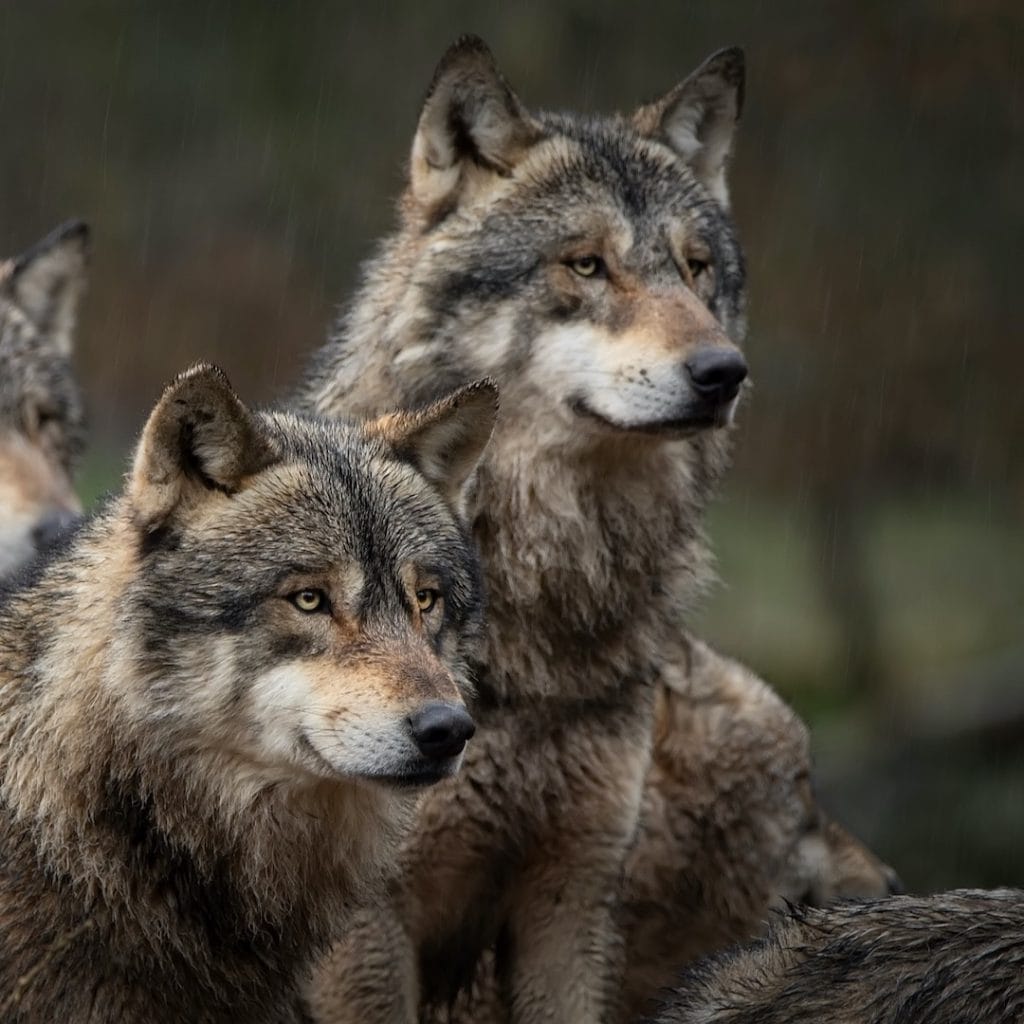In the dense forests and rugged terrains where wolves roam, each pack operates as a highly organized unit, guided by an alpha pair – the male and female leaders who set the direction for the group. Unlike many animals where one dominant leader controls the group, wolf leadership is based on cooperation and mutual respect. The alpha pair leads by example, protecting, hunting, and guiding the pack, each fulfilling complementary roles to ensure survival. Their partnership and cooperation foster a unique social structure in which every member knows their place and contributes to the pack’s success.
Within the pack, wolves follow a flexible leadership style: while the alpha pair hold primary authority, other members often take on leadership roles, especially during specific tasks like hunting or scouting. This adaptable approach ensures the pack’s efficiency and survival. Decisions are made collectively, and younger wolves are encouraged to step up, enabling the pack to respond to challenges swiftly and effectively. This democratic yet disciplined dynamic sets the wolf pack apart, showcasing a model of leadership rooted in trust and collaboration rather than dominance.
Leadership Lessons from the Wolf Pack
The wolf pack’s structure offers powerful insights into team dynamics and effective leadership: the alpha pair’s cooperative approach highlights the value of partnerships and shared responsibility in leadership roles. Like the wolf pack, great teams in any field – whether in business, sports, or community settings – thrive when leaders empower members to contribute their unique skills. Leaders who encourage teamwork and recognize the strengths of each member create an environment where everyone can contribute to a common goal, thus improving the performance of the entire team.
Conservation and the Plight of the Wolf
Wolves are essential to the ecosystems they inhabit, yet they face significant threats, particularly from habitat loss and human persecution: populations of various wolf species have declined dramatically, with only approximately 200’000 remaining in North America, Europe, and parts of Asia – compared to almost 500 million pet dogs! Organizations like Defenders of Wildlife and the International Wolf Center are working to protect these remarkable animals through awareness campaigns, conservation programs, and reintroduction efforts. Their work helps balance ecosystems where wolves play a critical role as apex predators, maintaining prey populations and preventing overgrazing.
Stockphoto





